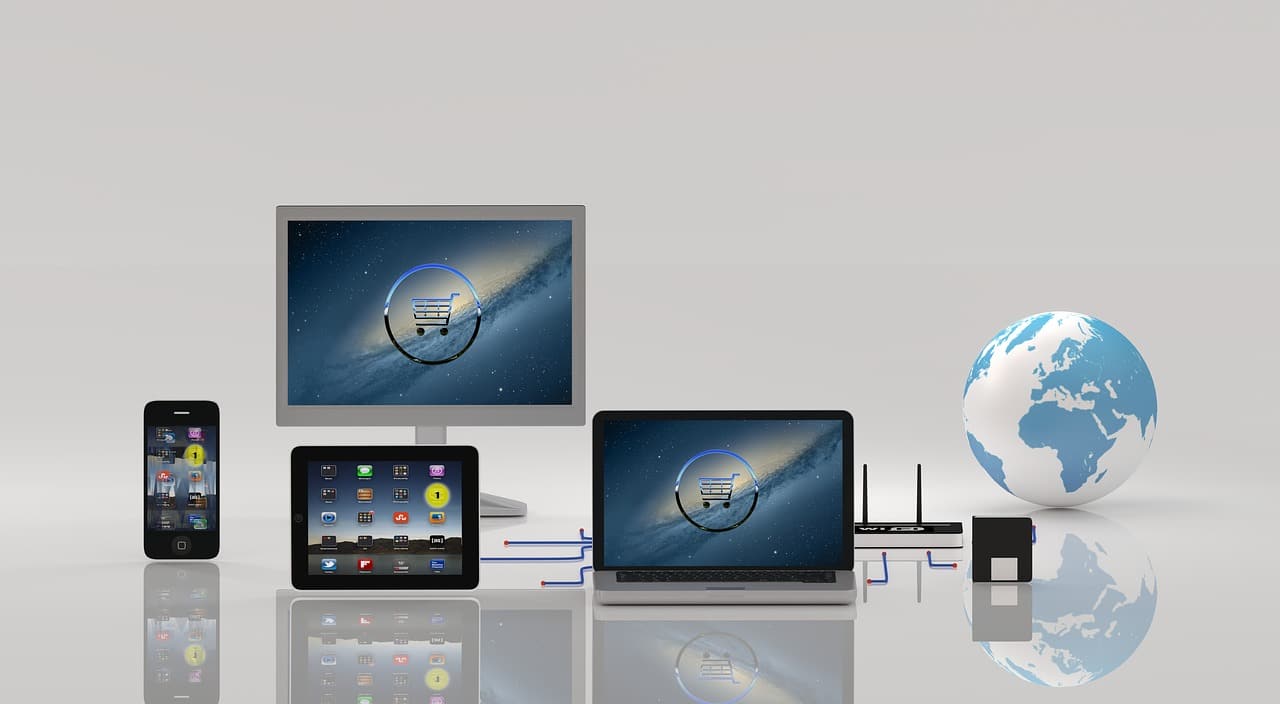Today I’d like for you to take off your content marketing hat and put on a different kind of hat — your product hat.
You’re likely already contributing to your company’s product in a very significant way— through the content you’re creating for an audience that’s hungry to learn about the product you sell and the problem(s) your company solves.
The content you create is an extension of the product and personality that your company is selling, especially if it’s education-driven to expose audiences to your brand, what it is you do and how your product makes people’s lives better.
But traditional content, such as the blog posts, infographics and micro content that we see around the blogosphere, isn’t the only way to reach new audiences and generate new business for your company. You can also build and distribute products to bring in the same results as content.
Delivering world class products, whether apps, physical/digital content or otherwise, requires a deep understanding, commitment and investment. But it’s worth the time, resources and risk if you’re committed to creating something amazing and useful that can withstand the test of time in order to reap the benefits to come.
Examples of “products as content” in action
Established companies like Shopify, MailChimp and HubSpot have already been doing this for years, building free and useful tools that are still being used today.
Examples of the free products include:
- Shopify’ invoice generator
- HubSpot’s Marketing Grader
- Moz’s Mozcast
- Pablo by Buffer
- Mailchimp’s Chimpadeedoo app
- SumoMe‘s suite of free tools that were built to grow AppSumo
These products and tools help their core business, but they’re not their primary offering. Whether enhancing eCommerce stores, sending emails, or making marketing experiences better, they strengthen the value of their core product and make the lives of users easier.
Case in point: HubSpot’s Marketing Grader (formerly Website Grader) garnered 4 million unique visitors between 2006 to 2011. You can imagine how many leads they captured and funneled back to their core HubSpot product.
Keep in mind that “products” don’t need to be apps. It could be content as well, in the form of eBooks, physical books, and online courses (video, email or gated structured content). Some examples include Basecamp’s (formerly 37Signals’) Getting Real book, Taplytics Mobile Growth Academy and Shopify’s Drop Shipping Guide that are bringing awareness to each of their respective businesses.
Typically these products are laser-focused in what they accomplish. They educate the user and, most important, provide utility in a way that makes exchanging contact info feel frictionless because it is built into the experience.
Want a free report evaluating whether your website is optimized for SEO? You’ll have to enter your email and some other detail to get it.
Want to get a free email course? You’ll have to enter your email.
Want to get a free ebook on how 37Signals brings their products to market? You’ll have to trade your email for it.
Do you notice the pattern here?
Why build free products?
While the end result is lead generation, more users and growth, it shouldn’t be the primary and only motivation for building products as part of your content strategy.
The primary motivation should be to add more value to users’ lives — value so good that people can’t help but want to sign up for the new product or service, give up their contact info, and share it with their friends and colleagues.
All the fun and sexy stuff, like a consistent stream of new leads, traffic, social media mentions, business, brand awareness and such, is the end result of the value that you create by going above and beyond anything the market has ever seen. That’s the bar you want to hold yourself accountable to when shipping a product.
But let’s be straight — building a product isn’t easy. And that’s exactly why you should considering making it part of your strategy, because it’s a defensible tactic and the barriers to entry are pretty high for competitors to copy you and get exactly the same results.
How to get started
If you’re new to building products, the hardest part is understanding the exact problem you’re trying to solve. Solve for that in an exceptional way, whether it’s by providing a step-by-step guide or building a tool in app format that takes some kind of pain out of people’s lives.
Experiment with side projects
Maybe you need to start fresh and with a clean slate to shake things up. Much like how Google had famously offered 20% company time to empower their employees to work on innovative projects, your company can take your own unique spin on it, whether through hackathons or doing stuff on your free time and showing it to team members.
At Uberflip we have quarterly“Flip The Switch” events where we harness the creativity and energy of the entire Uberflip team to work on a high-level problem together for half a day and execute experiments based on the results.
People love to try out the most bleeding edge products that arise from skunkworks-style projects, as it shows creativity, innovation, and hustle. That’s what gave rise to Google Labs projects when it existed.
By trying new things and experimenting rigorously, you might just be surprised by the results.
Create email drip courses
Perhaps you’ve created a ton of content already and you want to generate more leads. You can do this by creating an email course and timing your drip campaign to content, such as PDFs or existing blog posts, so your subscribers get a new lesson once a week or every few days. You can fine-tune the cadence so it makes sense and doesn’t overwhelm a subscriber’s inbox.
Email drip courses have entered a new golden age where the quality of courses is out of this world, especially when you consider they’re being given away for free. A perfect example is Noah Kagan’s Summer of Marketing course or Justin Mares’ Programming for Marketers email course.
Offer eBooks
If you haven’t tried creating eBooks before, they’re a great way to leverage a body of knowledge and distill your deep expertise into something that people want and will gladly share their contact info to get that value.
A perfect example of this is Intercom.io and the series of eBooks they’ve released: one on Product Management and the other on Customer Engagement. The beauty of their eBooks (apart from their excellent design) is that they were leveraging existing blog posts as single compilation, nicely packaged and designed for some of their buyer personas: product managers and customer success teams.
Build apps
If you’re solving a problem, such as understanding the volatility of Google’s algorithms (like Moz’s Mozcast), tackling it through content alone might be a bit tricky. It becomes even more complicated if you’re tasking non-technical people to figure out that problem in a way that informs your audience and customers of what’s going on in the search world.
A great way to tackle this is to create an application (app) that will tackle a specific laser-focused problem.
The problem with this however, is that you’ll need to rope in some technical help to build out your product.
While apps are commonly thought of as mobile apps, it doesn’t necessarily have to be a native mobile app (like iOS). You’re severely limiting your audience if you decide to go with any specific technology, unless that’s the intended audience you’re targeting.
If you’re familiar with the Lean Startup methodology, the point of using the methodology is to move as fast as possible to learn about your market and build something of value to the point where you reach product-market fit.
This is the sweet spot where you’ve discovered that what you’ve created actually has a market. The point of using this methodology is to promote less waste of our most precious resources: time, money and people figuring out whether what you’re building has any legs by building out minimum viable products, which can come in the form of something as simple as a Google spreadsheet, much like how the folks at Distilled have done to find out anybody’s email address.
If the problem is much more complex, only then you’ll think of building out web or mobile apps.
Stuff you need to know before going down this road
You’ll need dedicated engineers in terms of actively developing these products. At the minimum you need to maintain these products so they perform their function and are bug free if a minimum viable product has been shipped out to public for use.
Support: Unless you make it explicitly clear to your customers and users that support for the product is going to be minimal or non-existent, you should have a legal disclaimer in place to cover your butts in case anything goes awry.
Buy-in from the top down: Eventually your skunkworks project might catch the attention of the higher-ups of your bosses or executive management team. Going under the radar can only last for so long. There will come a time where you’ll have to present your results (and hopefully they’re very promising) to get more resources to continue your efforts in order to maintain or expand the scope of your project, so be prepared to pitch your boss like a boss.
Final Words
Know this: The potential upside of using products to marketing your business is huge. It will be challenging and push you to create some of the best work of your career because some people will actually depend on the products that you create and help you gain even more users in the process if your product is that damn good.
So, what products will you create? 😉
Original Source – Uberflip.com








![30 Effective Social Media Tactics Worth Testing for Yourself [Infographic]](https://thelastpicture.show/wp-content/uploads/2020/08/social-media-twitter-linkedin-1006480.jpg)


